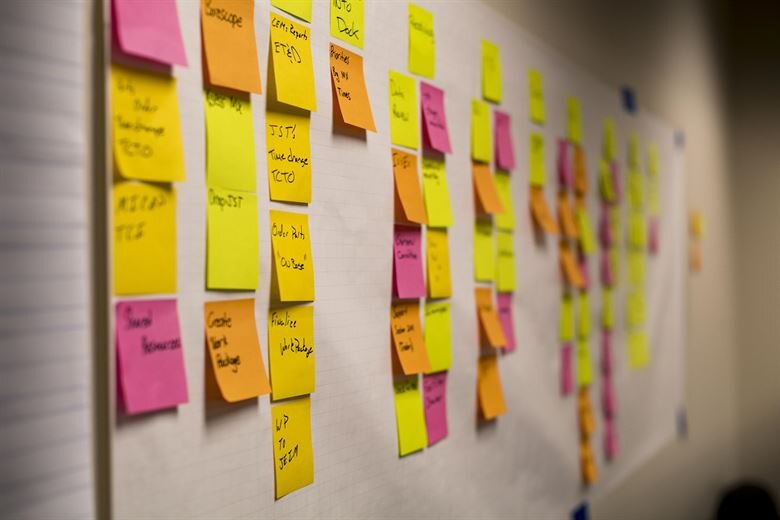
Katz writes about digital, cultural and operational transformation through the lens of behaviour science.

Change consultants can damage culture
Most companies know they have to adapt to survive in a rapidly changing world. So they hire expensive consultants who design new operating systems, suggest enterprise technologies, propose an endless round of change initiatives to increase productivity and efficiency. But do they change things for the better?

Excellent Employee Experience. Better ROI than Marketing. FACT.
Companies with excellent employee experience are almost twice as successful as those with low "engagement". So why do most companies only pay lip service to the fact their people are their most valuable asset? And why do they continue to invest so heavily into brand and marketing when customers are far more likely to trust employee ambassadors than slick and shiny marketing messages?

Agile Business see 50% Business Improvements
Let’s look at internal comms as one often overlooked and undervalued example. If employees don’t understand change,, if they don’t feel part of the change, they will not buy into the change. FACT. In some ways internal comms is the most important part of a transformation programme.

Social Media or the System?
We are in the midst of a paradigm shift. A networked global community, predominantly run by people whose normal is command and control, hide and divide, is becoming increasingly polarised. The shift towards democratised media will be resisted for as long as, and by whatever means, possible. We should not stand by silently and watch as walls are reconstructed. We do not need more top-down centralised regulation. We need open contracts between the social giants and their users, so people fully understand how their data is used and can choose to opt in or out.

Resource? Oh you Mean People!
Organisations with high levels of employee engagement are twice as successful as those with low engagement. Yet most companies only pay lip service to the fact that their people are their most valuable, and expensive, asset.

Corporate Innovation isn’t Working.
Many genuinely transformational ideas emerge from serendipitous interactions between people with different views of the world. Some of the best ideas come from creative tension and multi-disciplinary collaboration.
All of this is at odds with the prevalent risk-averse, siloed cultures of most large organisations.

Architecting Agile Culture
The visionary leader was on fire. Hiring the best, meeting clients, wooing partners, getting the word out about their amazing new product. Making decisions about the way the lab should operate.
She knew exactly where they were going, and her newly acquired team were empowered to get on and make it so. Her excitement was contagious.
Everything seemed so right, but she knew things were going wrong. They were not making progress as quickly as she expected. She was baffled.

In Silence Lies Fear.
A small change... but an unexpected small change. If change is done TO people rather than WITH them, the human brain releases neurochemicals that spark physiological effects: anxiety, tension. Effects that lead people to invent spurious reasons to resist, and dislike, the change.

Where did all the Leaders Go?
We understand more about how the human brain works every day. Massive and affordable data and pervasive technology allow us to understand social behaviours, interaction and interdependencies in unprecedented ways. We are more connected than ever.
We’ve got all the pieces of the puzzle to towards a sustainable, people-centred future. Is that laser light highlighting that democracy as we know it is fundamentally flawed?

